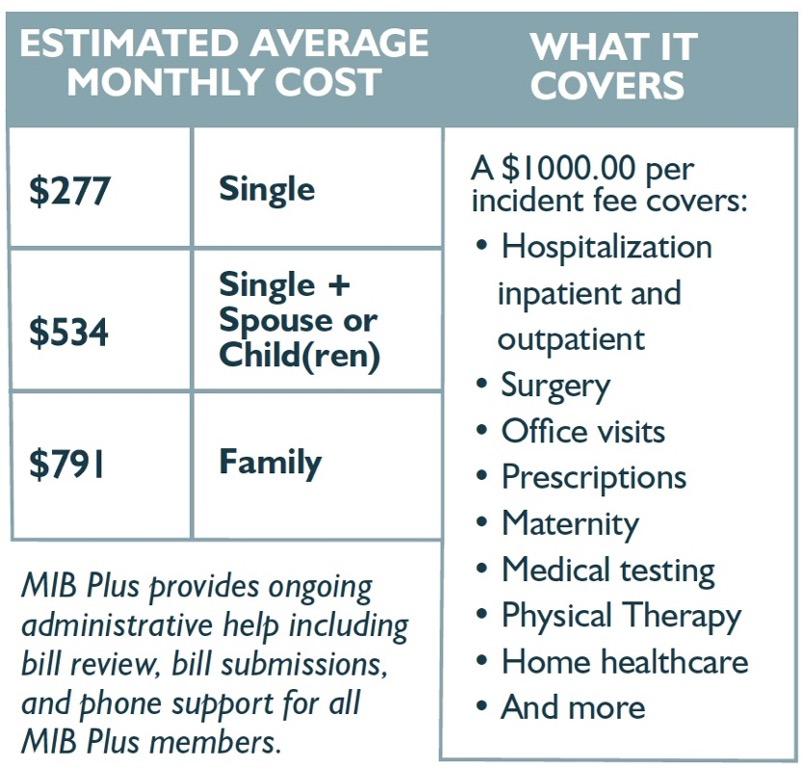When it comes to planning for your health care needs at home, understanding the costs involved can feel a bit overwhelming. Home health care insurance is a valuable safety net, but those monthly premiums often leave people wondering what exactly they’re paying for—and why prices can vary so much. In this post, we’ll break down the key factors that influence home health care insurance premiums, so you can feel more confident about making informed decisions. Whether you’re just starting to explore your options or looking to make sense of your current plan, we’ve got you covered with easy-to-understand insights and helpful tips. Let’s dive in!
Table of Contents
- Understanding What Makes Up Your Home Health Care Insurance Premium
- How Different Factors Influence Your Monthly Costs
- Tips to Lower Your Home Health Care Insurance Expenses
- Choosing the Right Plan for Your Budget and Care Needs
- Wrapping Up
Understanding What Makes Up Your Home Health Care Insurance Premium
When it comes to home health care insurance, understanding the factors behind your premium can empower you to make more informed decisions. Insurance companies typically assess a range of elements to determine your monthly or annual cost. Age is one of the most significant contributors—as the risk generally increases with age, so does the premium. Likewise, your health history and any pre-existing conditions can impact the price, as insurers weigh the likelihood of claims. Location also plays a pivotal role; living in areas with a higher cost of medical services or varying regulatory landscapes often means higher premiums.
Beyond these basic factors, a few more subtle considerations can influence your premium cost:
- Coverage Level: Policies with broader benefits or lower deductibles usually carry higher premiums.
- Lifestyle Choices: Habits such as smoking or high-risk activities might increase your insurance cost.
- Claims History: Previous insurance claims can signal risk to providers, nudging premiums upward.
- Provider Discounts and Partnerships: Some insurers offer reduced rates through affiliations or bundled services.
How Different Factors Influence Your Monthly Costs
When determining your monthly premium for home health care insurance, several elements come into play. Age is one of the most significant factors—typically, the older you are, the higher the premium. This is because the likelihood of needing care increases with age. Additionally, your location matters; healthcare costs vary widely across different states and even between urban and rural areas. Pre-existing health conditions also influence rates, as insurers assess risk based on your current health status. And let’s not forget about your coverage level and chosen deductibles: more comprehensive plans often come with a steeper price tag but offer better peace of mind.
Other considerations that subtly impact your monthly cost include lifestyle and personal habits. Insurers may look at factors such as:
- Smoking status – Smokers generally face higher premiums due to increased health risks.
- Exercise frequency – Leading an active lifestyle can sometimes work in your favor.
- Family medical history – Genetic predispositions can affect your risk profile.
Understanding how these variables interact helps you make informed decisions about your coverage and budget. Customizing your plan to fit your unique needs ensures you get the right protection without overspending.
Tips to Lower Your Home Health Care Insurance Expenses
Reducing your home health care insurance costs often starts with a careful review of your current coverage. Look for unnecessary riders or add-ons that inflate your premium without providing meaningful benefits. Consider adjusting your deductible and co-pay amounts—higher deductibles can significantly decrease monthly premiums. It’s also wise to shop around yearly, as rates and plans offered by insurers can change, presenting opportunities for better deals or improved benefits at a lower price.
Another effective strategy is to improve your personal health profile. Many insurers provide discounts or incentives if you can demonstrate that you manage chronic conditions well or engage in regular wellness activities. Additionally, bundling your home health care insurance with other types of insurance policies, such as auto or homeowners insurance, can lead to discounted group rates. Here are some quick tips to keep in mind:
- Maintain a healthy lifestyle to qualify for lower-risk categories.
- Consider paying premiums annually rather than monthly to save on fees.
- Work with an insurance broker who understands home health care plans and can negotiate better rates.
- Review policy exclusions carefully to avoid paying for unnecessary coverage.
Choosing the Right Plan for Your Budget and Care Needs
When it comes to selecting a home health care insurance plan, balancing your financial comfort with the level of care you require is essential. Start by assessing your monthly budget realistically, considering not only the premium costs but also potential out-of-pocket expenses. Remember, the cheapest plan might not always provide the comprehensive coverage you need, while premium-heavy options could strain your finances unnecessarily. Look for a plan that offers flexibility in coverage, such as including services like physical therapy, nursing visits, or medical equipment rentals, ensuring you get the care you need without paying for extras you won’t use.
To make an informed decision, consider creating a simple checklist:
- Coverage Options: Match the plan’s benefits with your specific health requirements.
- Premium vs. Deductibles: Understand how much you pay upfront versus monthly.
- Network Providers: Verify if your preferred care providers are included.
- Additional Benefits: Look for wellness programs or telehealth services included at no extra cost.
Making this evaluation a part of your selection process can help you find a plan that fits comfortably within your budget while delivering quality home health care tailored to your needs.
Wrapping Up
Navigating the world of home health care insurance premiums might feel overwhelming at first, but breaking down the costs helps you make smarter, more informed decisions. Remember, understanding what goes into your premium—from age and health status to coverage level—empowers you to find a plan that truly fits your needs and budget. Hopefully, this guide has shed some light on the details behind those numbers and made the process a little less daunting. At the end of the day, the goal is peace of mind knowing you or your loved ones are covered with quality care at home—without any hidden surprises in the cost. If you have questions or experiences to share, feel free to drop a comment below—we’d love to hear from you!






